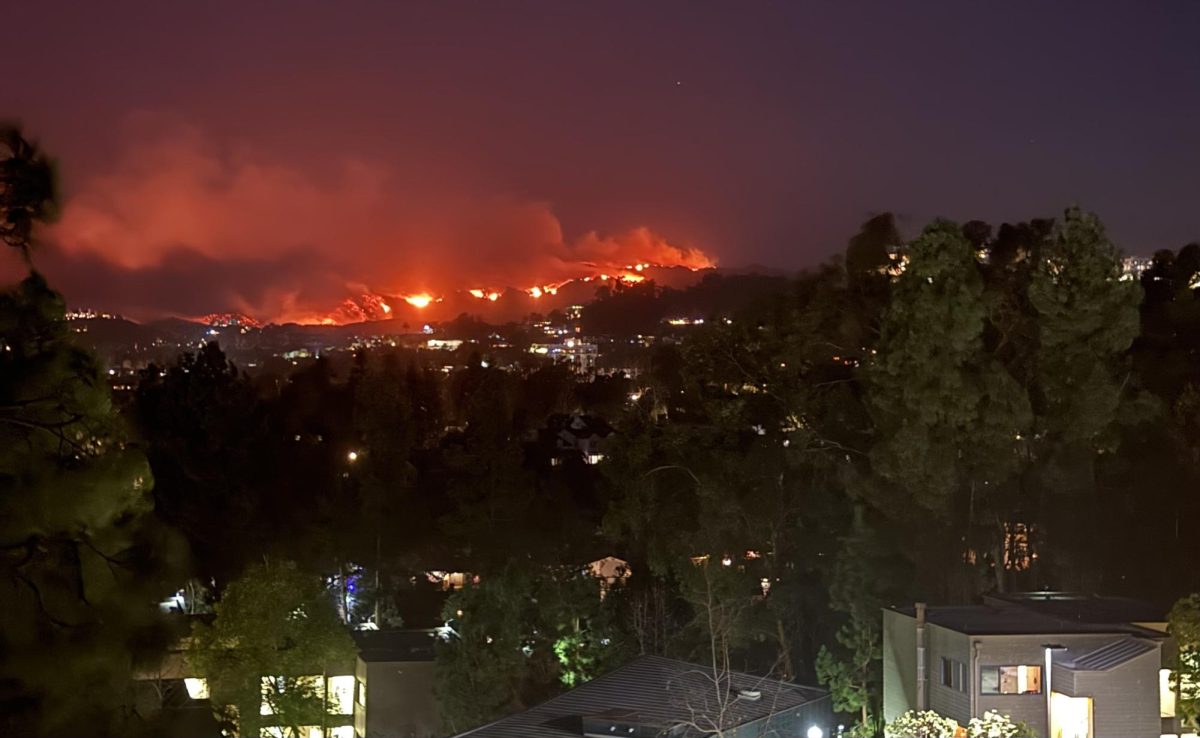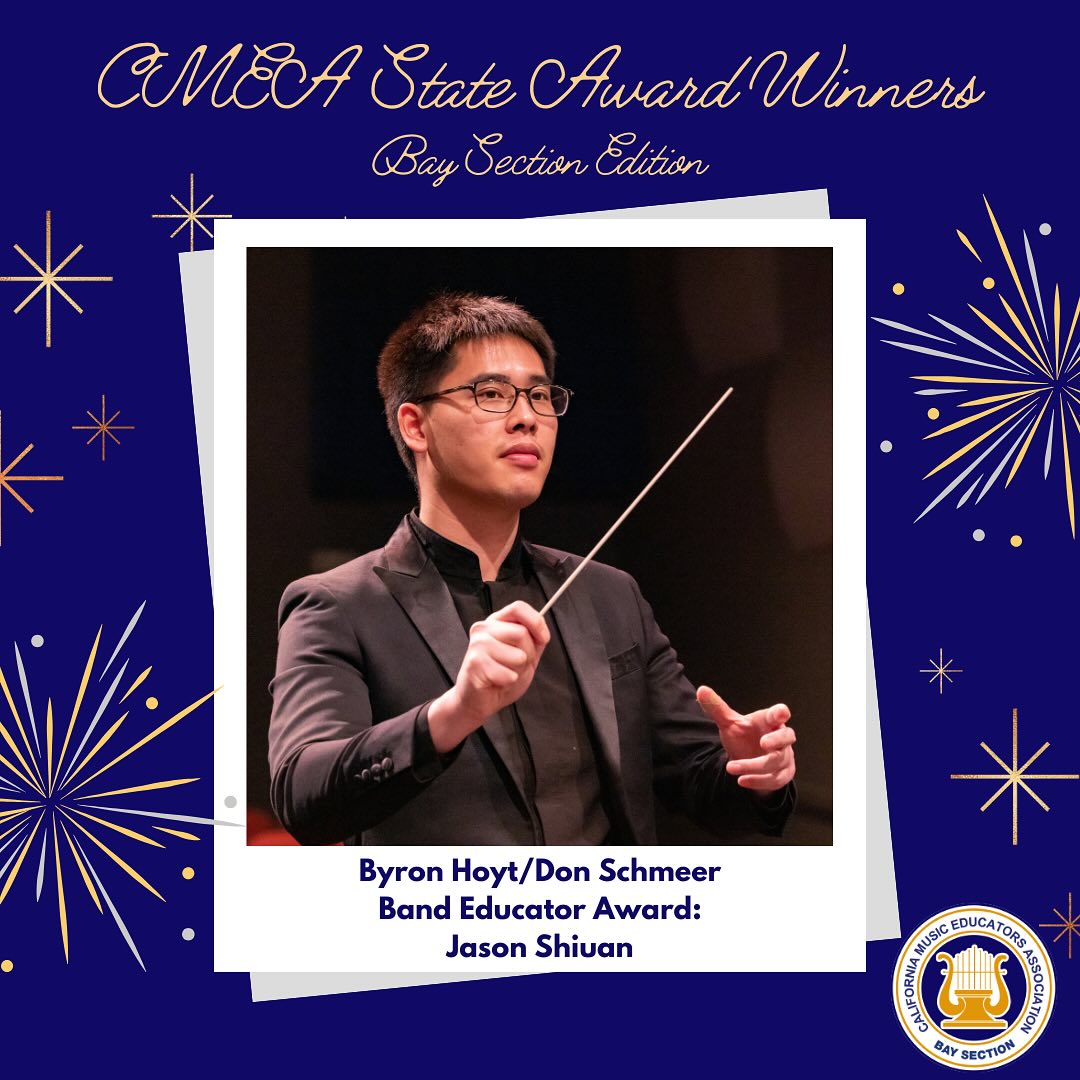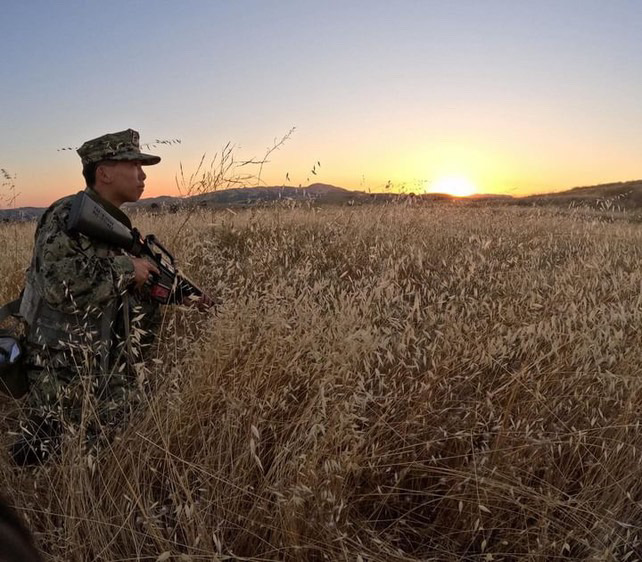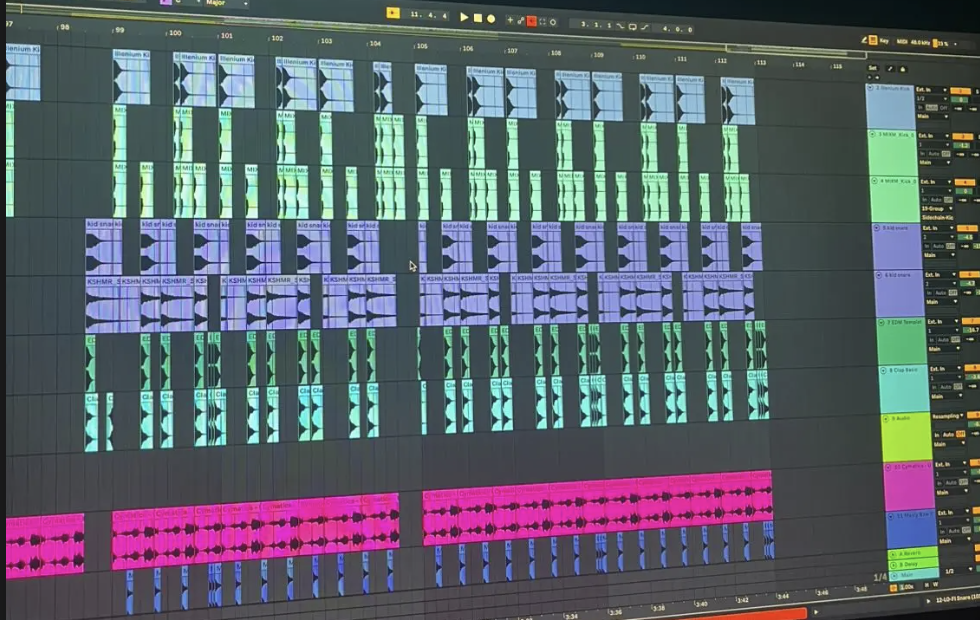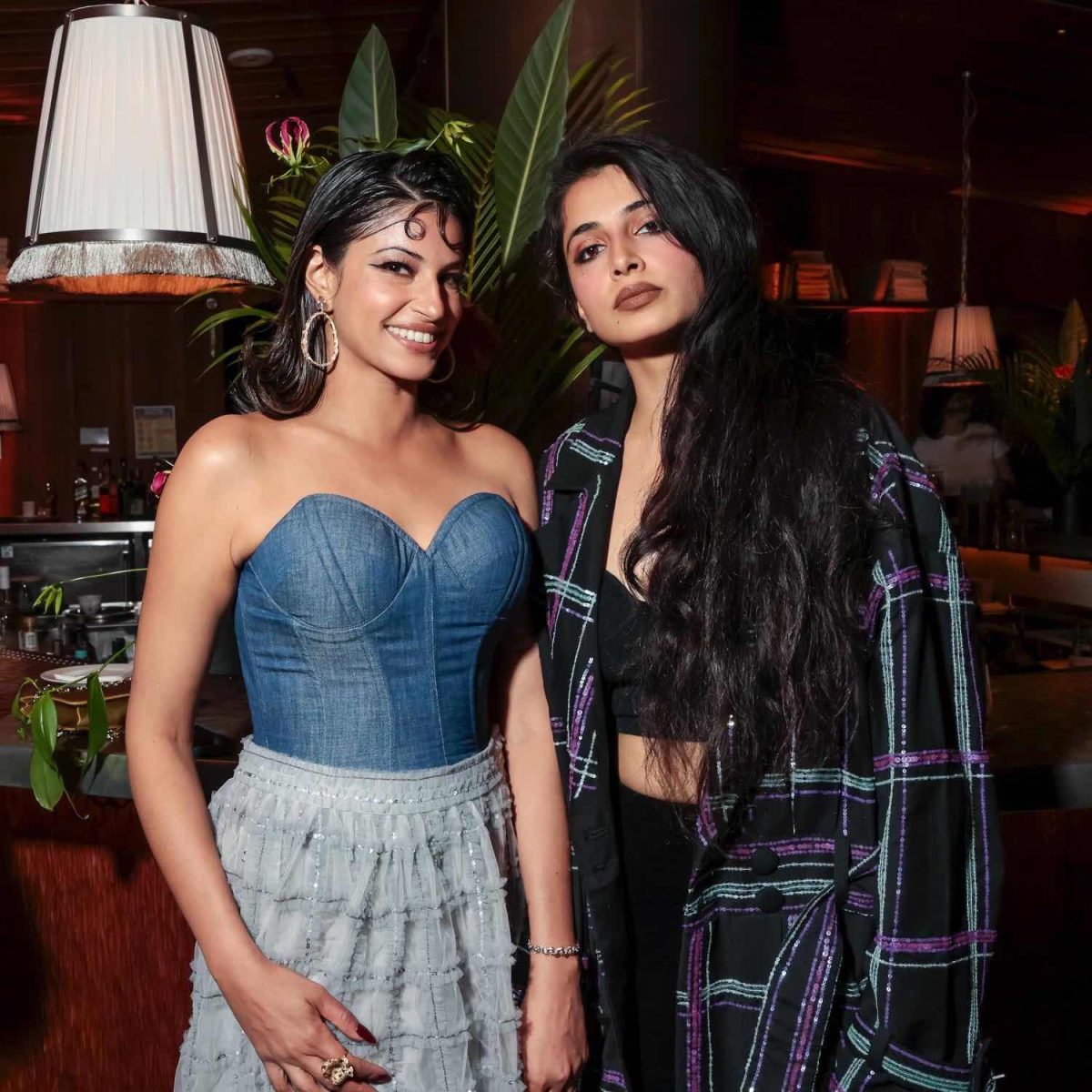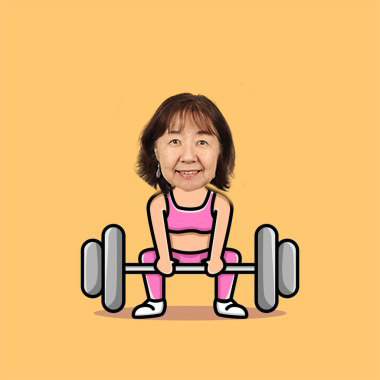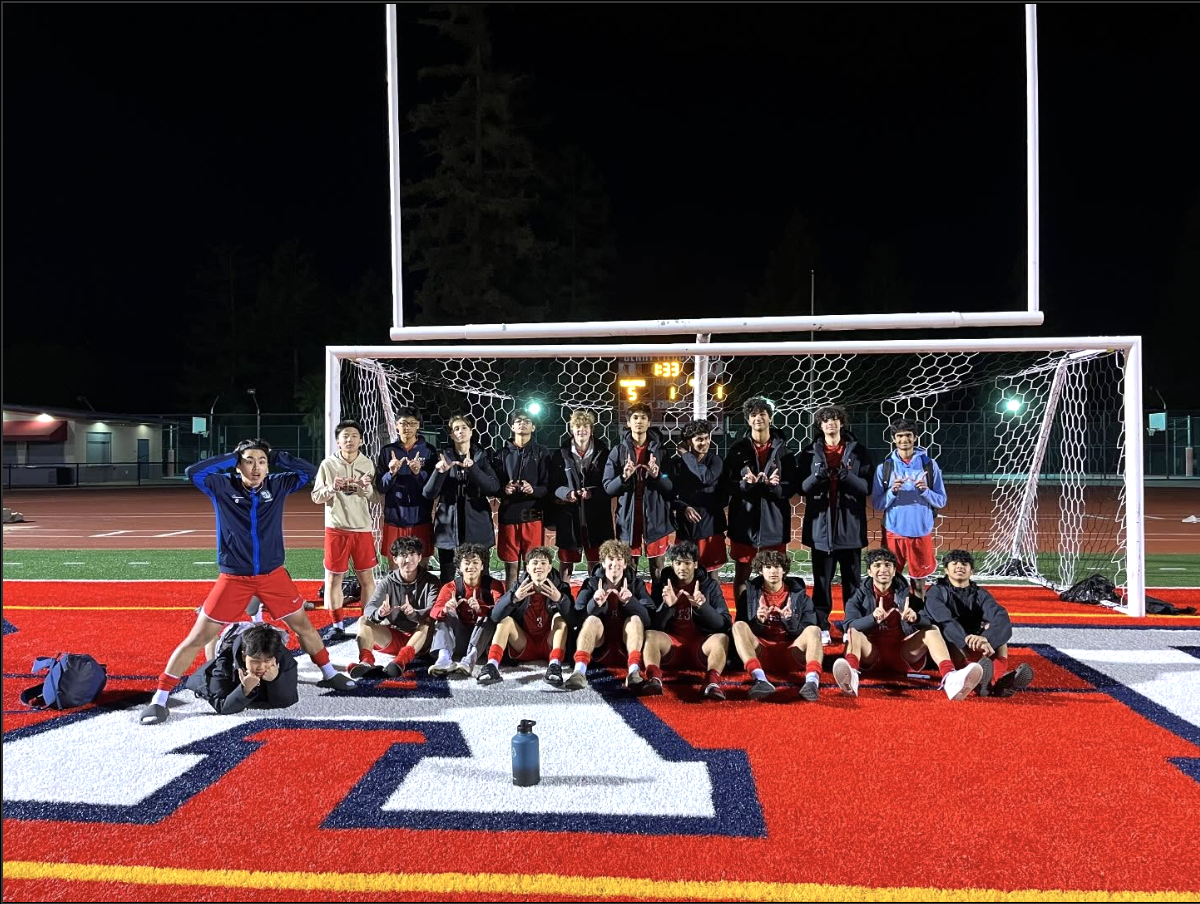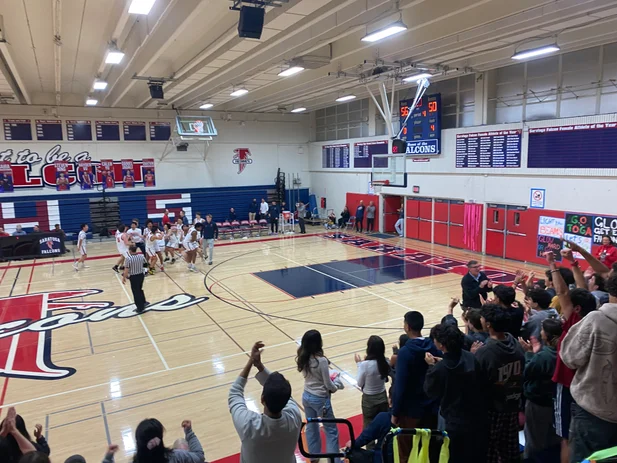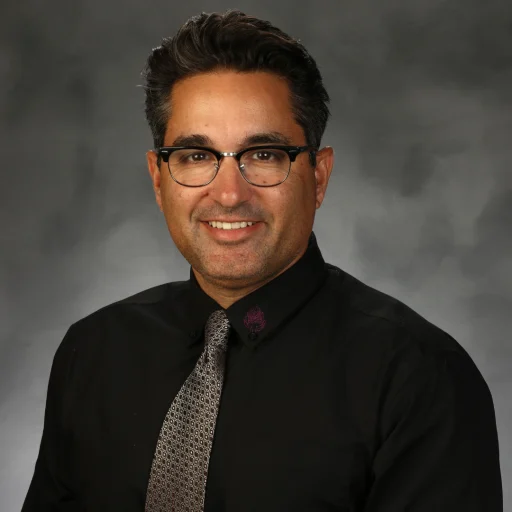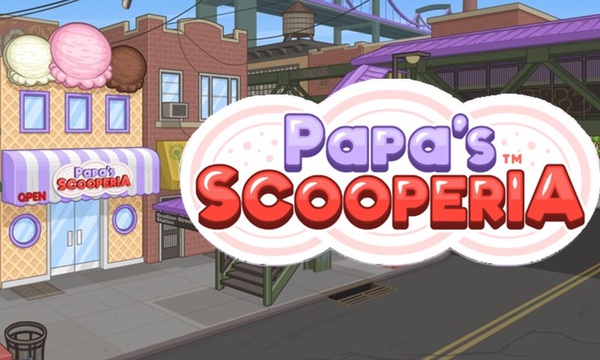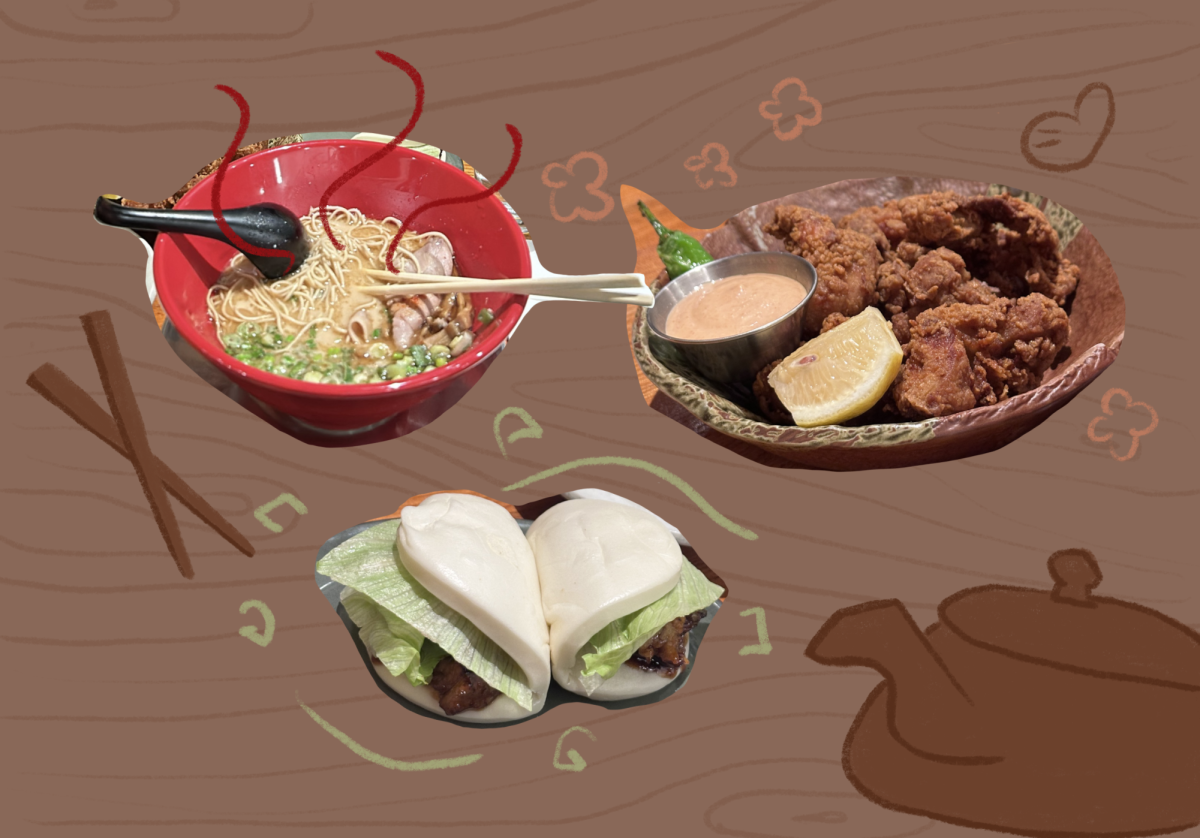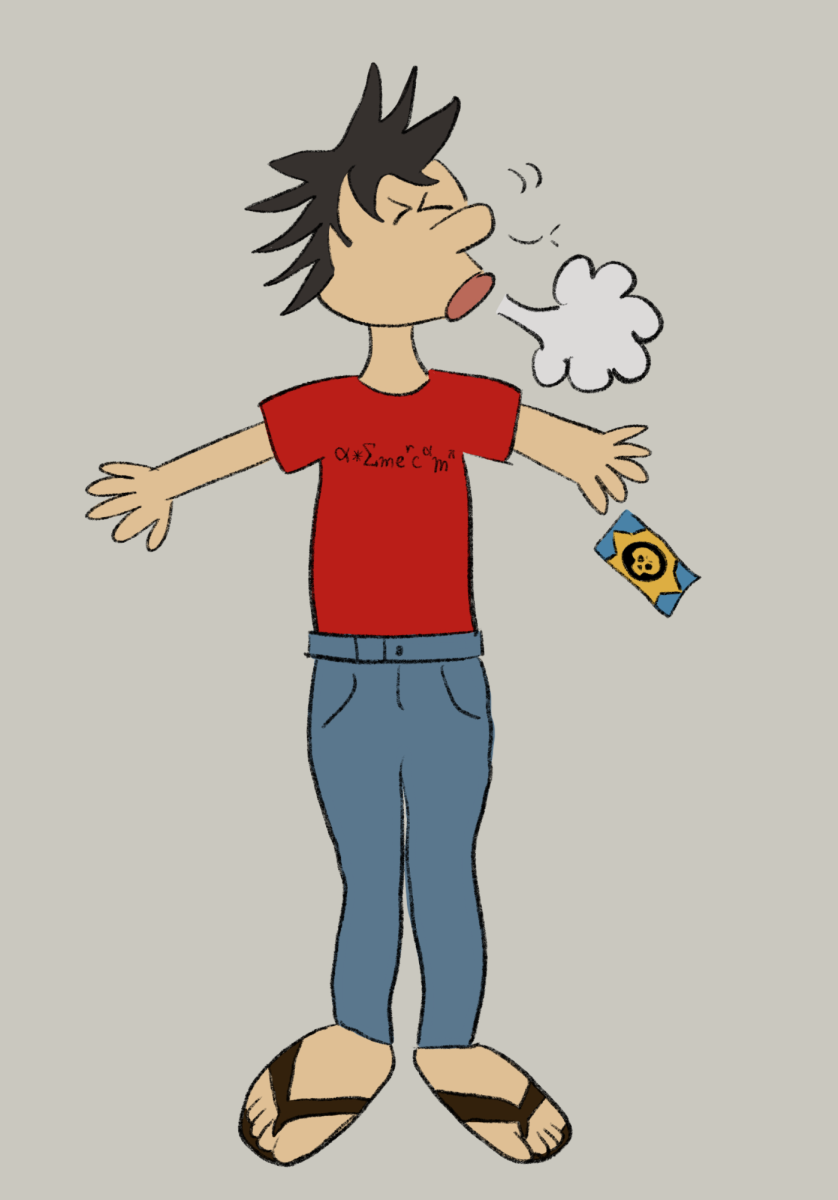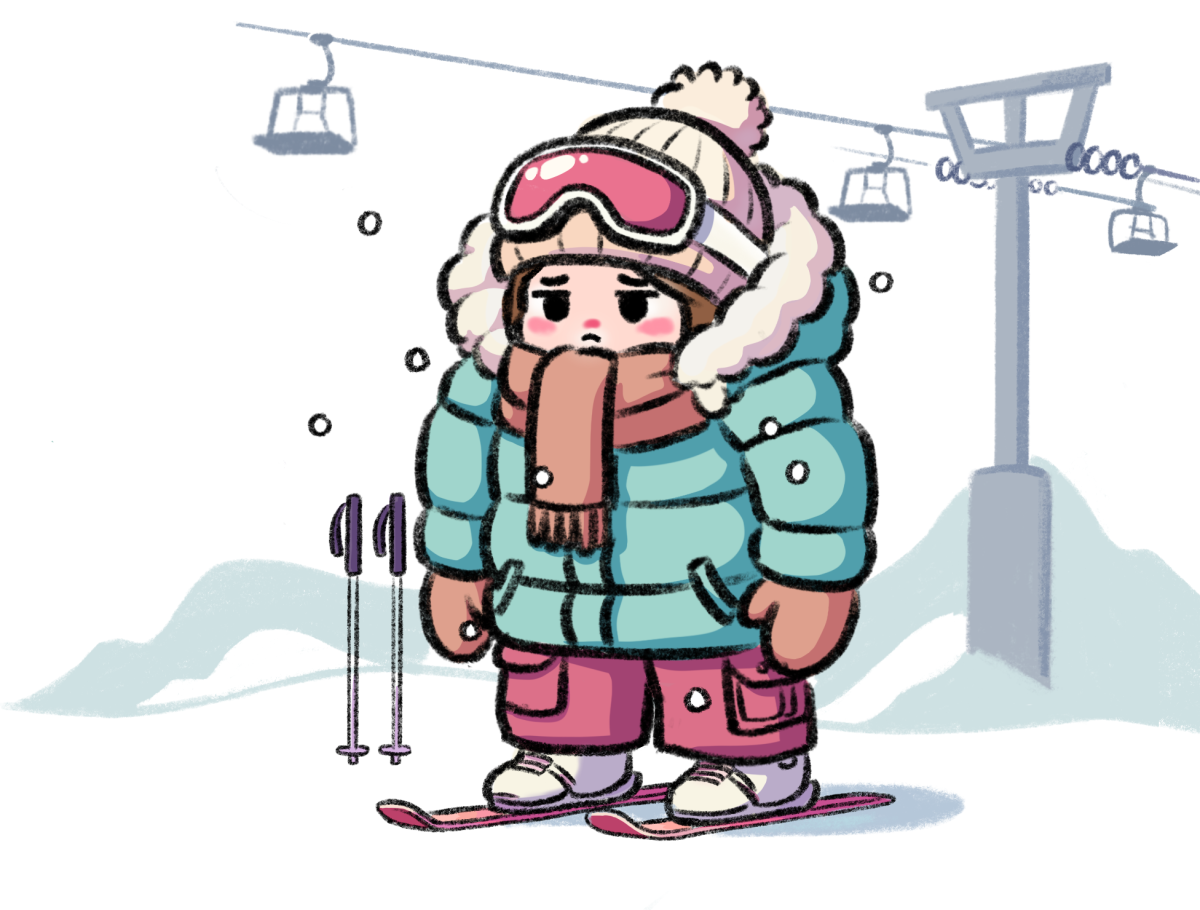After spending five long weeks in the ceramics room, senior Emi Ichikawa breaths a sigh of relief as she adds the finishing touches to her clay vase. Hexagonal at the base, the functional work of art depicts six flat panels ornately decorated with alternating flat and folded Japanese fans, showcasing not only her Japanese heritage but also her creative ability. Despite her immense accomplishment, Ichikawa knows that this piece is just another addition to her portfolio, which she must complete for her college application.
In addition to writing personal statements, prospective art students are required to prepare a portfolio that displays at least 10 pieces of their best and most recent artwork. From paintings to pottery, Ichikawa has tried to create a portfolio that consists of artworks of all different types of mediums.
“I’m just trying to make as many pieces as I can,” said Ichikawa, “a whole bunch of varieties of different kinds of art.”
Ichikawa has decided to apply to only two art schools, Otis College of Art and Design in Los Angeles and California College of the Arts in San Francisco. Her remaining college list is comprised of schools that have a strong art program.
Although Ichikawa has always had a strong interest in art, she became determined to pursue art in college and started her portfolio only last year.
“As a child, I’ve always liked art, but I didn’t really decide on going to art college until last year when I actually got serious about art,” she said.
However, with the pressure of finishing her portfolio added to the already stressful college application process, Ichikawa struggles to invest an equal amount of effort in the essays and the portfolio. The essays are due in the winter, while the deadline for portfolio submissions is in February.
“It’s kind of hard because I feel like I should be focusing on more on the normal applications, because they’re due sooner, but then at the same time, I’m procrastinating on the art ones, because that’s all due soon,” said Ichikawa. “It’s really hard.”
To complete both aspects of her college applications on time, Ichikawa has created a schedule that allocates time for both the art and the essay portion. She focuses on adding pieces to her portfolio on the weekends while spending time to write her personal statement on weekends.
“During weekdays, I do school work which is something I don’t really want to do, and then I have art, which is something I look forward to,” said Ichikawa.
Like Ichikawa, senior Abby Frankola must also balance her time to write her essays and prepare a portfolio for a major in industrial design and art and design. Although she has been focusing on finishing her essays, she still manages to find time every day to sketch and on the weekends to design projects.
“Putting together a portfolio is difficult.,” said Frankola. “You constantly have to worry about what a college is looking for and whether each piece is strong both technically and compositionally in addition to being a strong piece of art. It’s kind of stressful.”
The process of compiling a portfolio is even further lengthened by additional requirements from individual schools. Some schools require specific types of pieces while others require portfolio reviews in person, said Frankola, who will be flying to Pittsburgh to showcase her portfolio to Carnegie Mellon.
Frankola appreciates that she can display her works in a creative way. Her favorite piece is a paper lamp resembling coral that when illuminated gives the illusion of having a unique texture.
“It adds a extra step and some stress to college admissions,” said Frankola. “Doing a portfolio for college is definitely a daunting task, but hopefully it will be worth it.”

